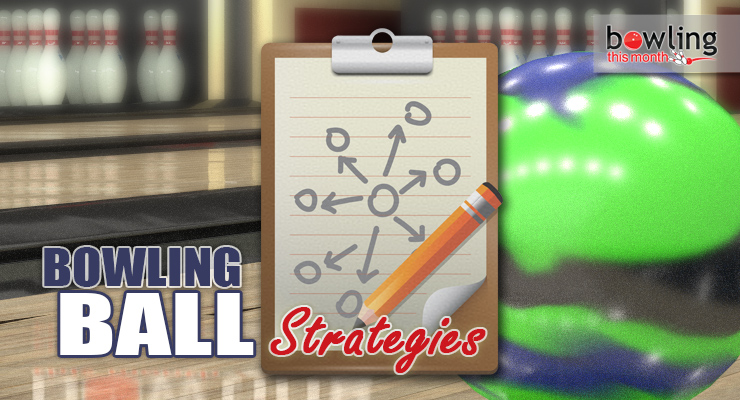Unbeknownst to you, the first time you decided to take more than one bowling ball to bowl league, you were beginning the long process of developing a bowling ball strategy that is unique to you and your game. While this first step was probably as simple as bringing along a plastic or urethane ball to pick up corner pins, it was the beginning of a long journey that never ends until you quit bowling or decide that enough is enough.
Ball strategies come into play in many ways in the modern bowling experience. Your strategy affects what new balls you buy, what balls you bring to the lanes, what ball you choose to start your league session, how you use ball change adjustments, and even how you choose to play a very uneven pair of lanes using two different bowling balls. Your personal bowling ball strategy can be your best friend or your worst enemy, depending on how you decide to use it. Let’s take a look at various ball strategies and see if we can determine their strengths and potential weaknesses.
The most basic of strategies
The first strategy that often emerges in bowlers who are just beginning to realize that there are differences between bowling balls is the “try and see” strategy. This strategy is just basic guesswork for a bowler who does not understand the differences between balls. It goes something like this: “Well, this ball isn’t striking, so I’ll try the other one and see what happens.”
Usually, this strategy does not last long, as bowlers often become more knowledgeable over time about the differences between balls. However, every once in a while, I’ll see a bowler who has been employing this strategy for years and has just never moved on. This same bowler also often applies the “try and see” strategy to purchasing bowling ...
This article is only available to Bowling This Month subscribers. Click below to get instant access to this article and all of our other premium instructional content.
Subscribe to Bowling This Month
Already a Bowling This Month subscriber? Click here to log in.
